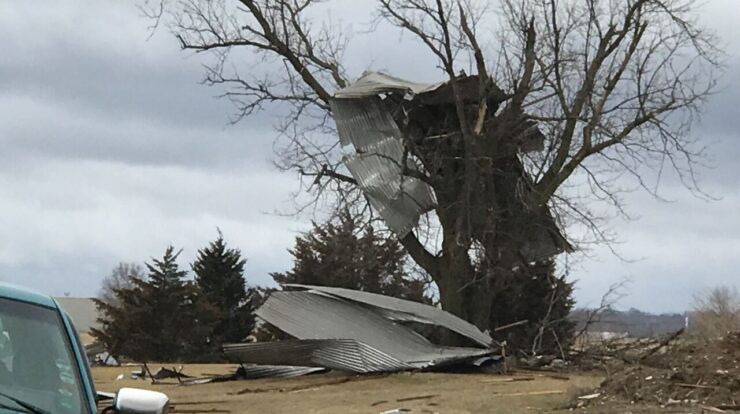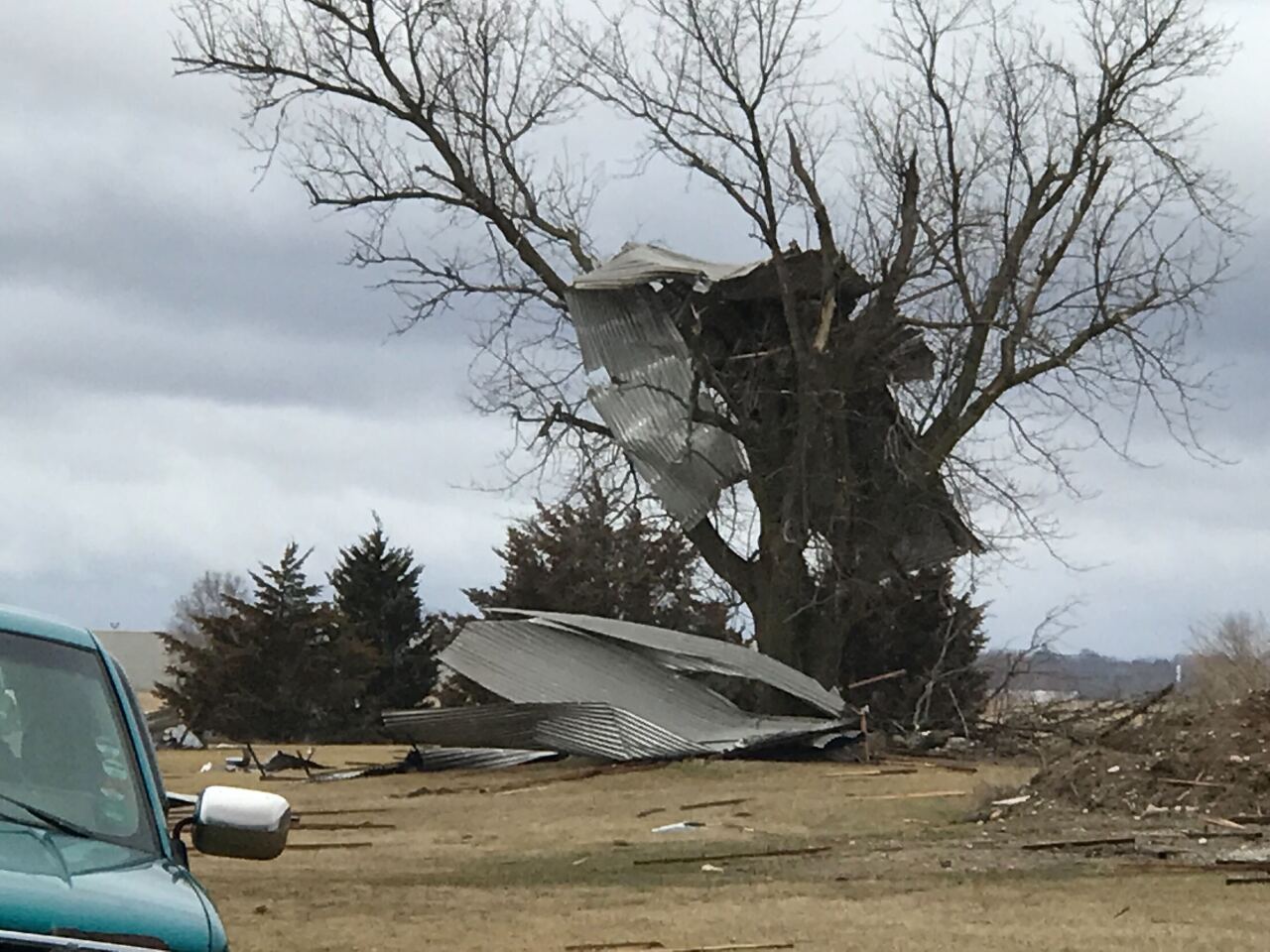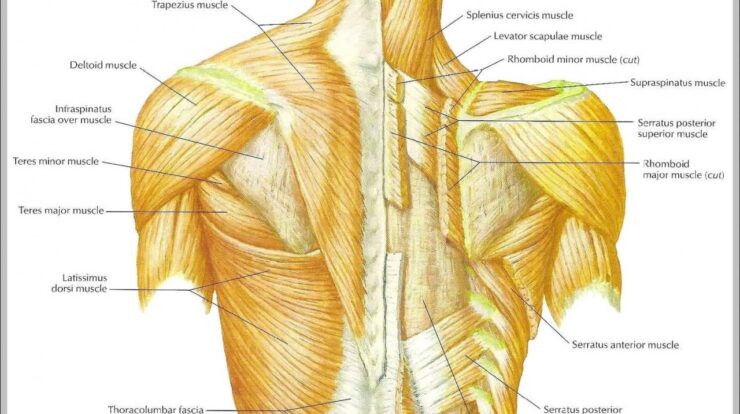
Elkhorn tornado damage – The Elkhorn tornado, a devastating force of nature, left a trail of destruction in its wake. Its impact on infrastructure, property, and the community is a stark reminder of the power of these storms. This comprehensive report delves into the extent of the damage, the meteorological factors that contributed to its severity, and the emergency response and recovery efforts that followed.
From the initial assessment of the damage to the ongoing efforts to rebuild and restore the community, this report provides a detailed account of the Elkhorn tornado and its aftermath.
Damage Assessment
The Elkhorn tornado caused widespread damage across the affected areas. Residential properties were severely impacted, with numerous homes completely destroyed or rendered uninhabitable. Commercial buildings also suffered significant damage, including retail stores, restaurants, and offices.
Infrastructure was also heavily affected. Power lines were downed, causing widespread power outages. Roads were blocked by fallen trees and debris, hindering emergency response efforts. Communication systems were disrupted, making it difficult for residents to contact loved ones and access essential information.
Meteorological Analysis
The Elkhorn tornado formed as part of a severe thunderstorm system that swept through the area. The storm produced strong winds, heavy rain, and hail. The tornado’s path was approximately 10 miles long and 1 mile wide, with wind speeds reaching up to 150 mph.
The tornado’s severity was influenced by several factors, including the strong wind shear and the presence of warm, moist air. The storm also benefited from a favorable environment for tornado formation, with minimal obstacles to impede its growth.
Emergency Response: Elkhorn Tornado Damage
Immediately following the tornado, local authorities and emergency services sprang into action. Firefighters and paramedics responded to calls for assistance, while law enforcement officers worked to secure the area and prevent looting.
Volunteers also played a vital role in the emergency response, providing food, shelter, and emotional support to those affected. Community organizations and churches coordinated relief efforts, ensuring that residents had access to essential resources.
Recovery and Rebuilding

The recovery and rebuilding process began shortly after the tornado struck. Infrastructure was repaired, power was restored, and roads were cleared. Damaged homes and businesses were assessed, and plans were made for their reconstruction.
The recovery process was challenging, but it was also an opportunity for the community to come together and rebuild stronger than before. New homes and businesses were constructed, and the affected areas were revitalized.
Ending Remarks

The Elkhorn tornado serves as a stark reminder of the destructive force of nature and the resilience of the human spirit. The community’s response to the disaster, marked by collaboration, determination, and unwavering support, offers valuable lessons for future preparedness and recovery efforts.
User Queries
What was the extent of the damage caused by the Elkhorn tornado?
The tornado caused widespread damage to residential areas, businesses, and infrastructure, including downed power lines, damaged buildings, and uprooted trees.
What were the meteorological factors that contributed to the severity of the Elkhorn tornado?
The tornado formed within a supercell thunderstorm, fueled by warm, moist air and strong wind shear. Its path was influenced by the topography of the area, which channeled the storm along a relatively straight line.
How did the community respond to the Elkhorn tornado?
The community came together in the aftermath of the tornado, with local organizations, volunteers, and emergency services working tirelessly to provide support, assistance, and resources to those affected.





